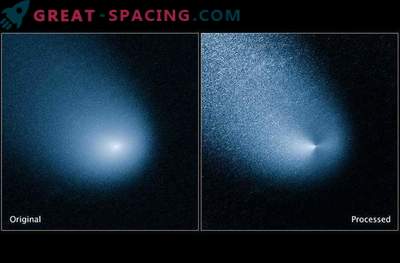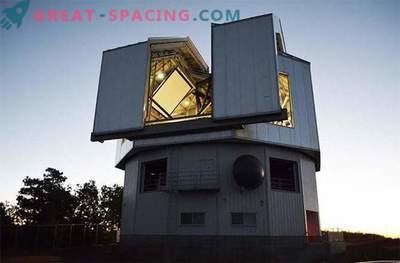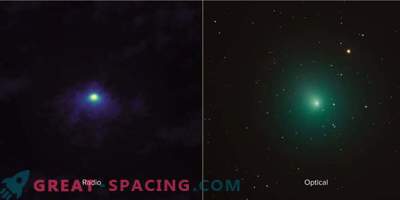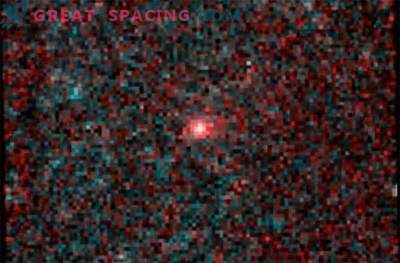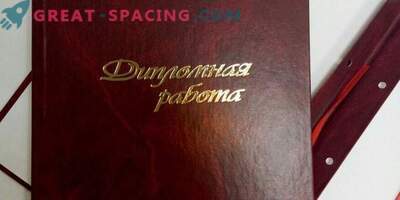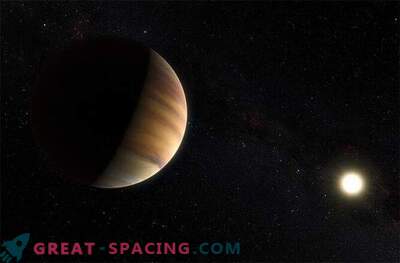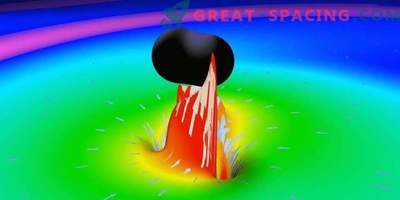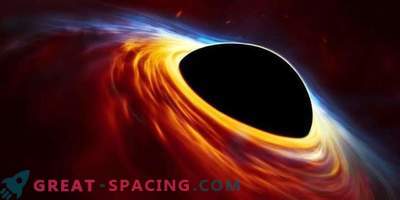
Until we learned the true nature of comets, they were viewed as harbingers of death. The appearance of an unexpectedly bright object was considered a bad omen, and was often identified as the cause of some horrible events. Even our old friend Halley's comet was marked by Pope Callixtus III as a devil's tool in 1456!
Fortunately, we now better understand comets and view them in the night sky with curiosity.
Comet Catalina, better known as C / 2013 US10 (Catalina), is the last comet we can observe in the northern hemisphere this year.
As the name implies, C / 2013 US10 (Catalina) was discovered in October 2013 thanks to a Catalina Sky Survey review. At that time, it was about a million times weaker than the dimmest object that can be seen with the naked eye. For the review, two American telescopes are used, one of which is 1.5 meters in diameter, and the second is 68 centimeters in diameter, which are involved in the search for so-called objects in near-Earth space. However, other objects are often found, such as C / 2013 US10 (Catalina). Since its discovery, the comet has been heading to the Sun at a speed of over 100, 000 miles per hour (165, 000 kilometers per hour). She passed the nearest point to the Sun on November 15, and is now returning from the inner solar system.
The closest approach to Earth will take place on January 17, when Catalina approaches at a distance of 68 million miles (110 million kilometers). From an astronomical point of view, it is quite close, but it is still 280 times the distance from the moon to the earth. If you want to independently detect a comet, then there is a great opportunity to find it on December 31.
To find Catalina, find the bright red star Arcturus in the constellation Bootes. After you have found Arcturus, carefully examine this part of the sky with binoculars. Thus, you can easily find the elongated “drop” of the comet.



